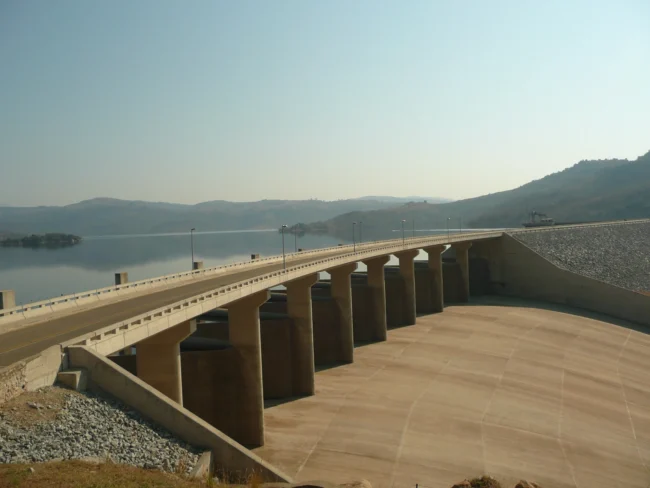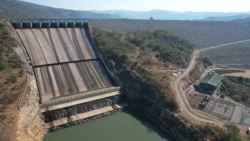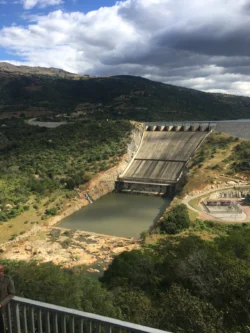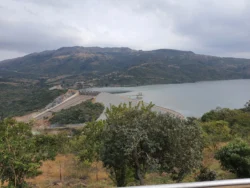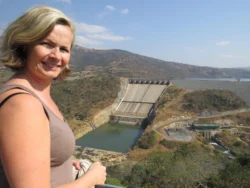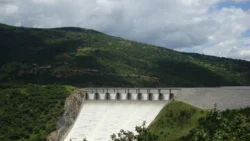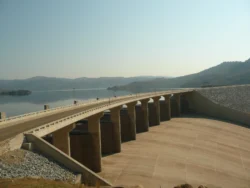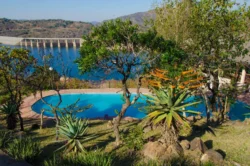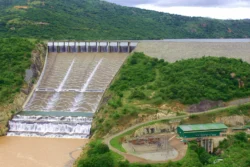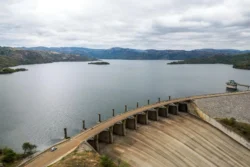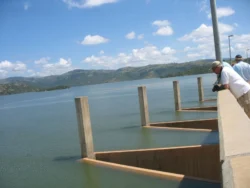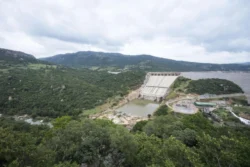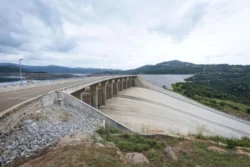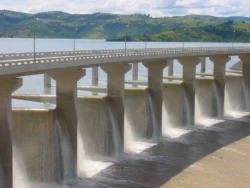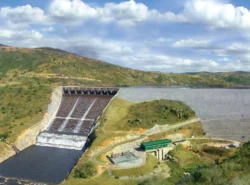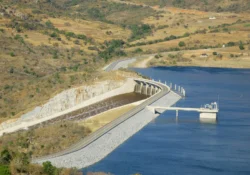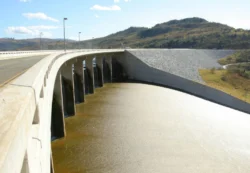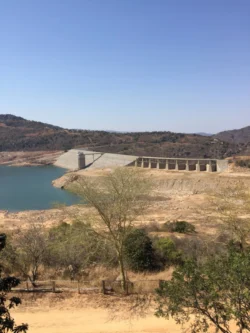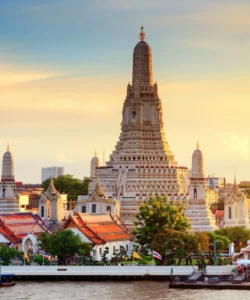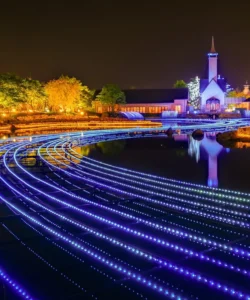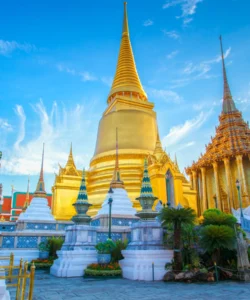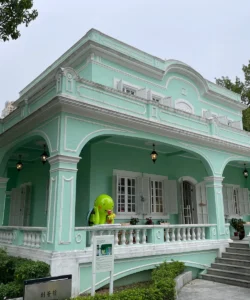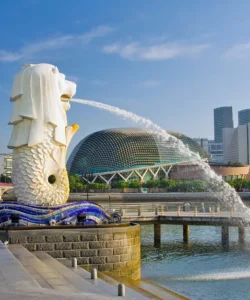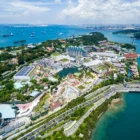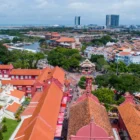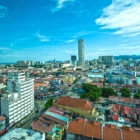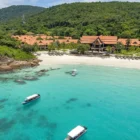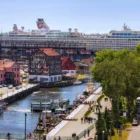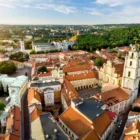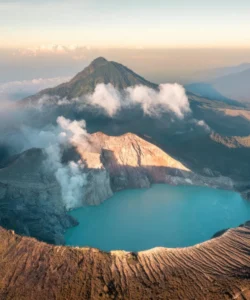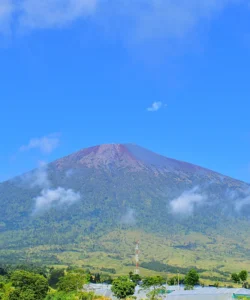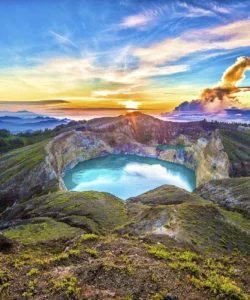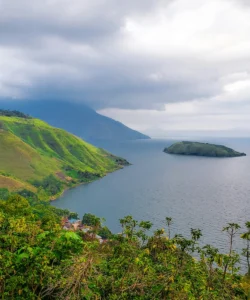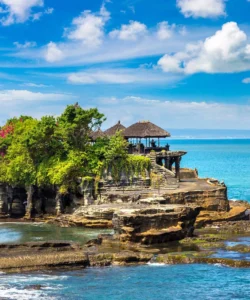Maguga Dam is a significant engineering marvel and a scenic attraction in Eswatini (formerly Swaziland). It’s more than just a dam; it’s a vital part of the region’s development and a beautiful spot for recreation and relaxation.
Name: Maguga Dam
Address: Maguga Dam is situated on the Komati River in the Hhohho region of northwestern Eswatini, approximately 12 kilometers (7.5 miles) south of Piggs Peak. The Maguga Lodge, a popular base for visitors, is located on the southern shore of the dam.
How to Get There:
- By Air: The closest international airport is King Mswati III International Airport (SHO) near Manzini. From there, you would typically rent a car or arrange a transfer.
- By Car: Maguga Dam is easily accessible by road.
- From Mbabane: Take the MR1 road towards Piggs Peak. There will be clear signposts for Maguga Dam and Maguga Lodge.
- From South Africa (e.g., Kruger National Park area): You would typically cross the border at Jeppes Reef/Matsamo and then drive through Piggs Peak, following signs for Maguga Dam.
- The dam wall itself is a prominent landmark, and roads allow you to drive along parts of its perimeter, offering various viewpoints.
Landscape and Architecture:
Maguga Dam is set amidst a picturesque landscape of rolling hills and lush vegetation, characteristic of Eswatini’s middleveld and highveld transition zone.
- The Dam Structure: The dam itself is an impressive piece of engineering. It’s a Rock-Fill Clay Core (RFCC) dam, standing 115 meters (377 feet) high, making it one of the highest in Southern Africa. Its crest length is 1328 meters. The structure is designed to withstand significant floods and features a conventional concrete labyrinth spillway.
- The Reservoir: The dam creates a vast expanse of blue water, which shimmers against the backdrop of the surrounding hills. This large reservoir is a serene sight and crucial for the region.
- Surrounding Hills and Valleys: The dam is nestled within the Komati River Gorge, which provides a natural protective setting. The surrounding landscape features beautiful, often rugged, hills covered in a mix of indigenous trees and grasslands.
- Associated Architecture: The Maguga Lodge on the southern shore complements the natural beauty with its traditional rondavel-style chalets and a restaurant with terraces overlooking the glittering waters. This architecture is designed to blend with the natural environment while offering comfortable facilities for visitors.
What Makes It Famous:
- Engineering Marvel and Economic Importance: Maguga Dam was a joint project between the governments of Eswatini and South Africa, completed in 2001. It was, at the time, the largest public works project ever undertaken by Eswatini. It is crucial for hydroelectric power generation (contributing significantly to Eswatini’s electricity needs) and irrigation for agriculture in the Komati River Basin. It won the South Africa Institute of Civil Engineering award for “most outstanding achievement” in the international category.
- Scenic Beauty: Beyond its functional purpose, the dam is celebrated for its stunning natural beauty. The vast lake, surrounded by rolling hills and lush flora, provides breathtaking views, especially at sunrise or sunset, making it a popular spot for photography and relaxation.
- Recreational Activities: The dam offers various outdoor activities:
- Boating and Fishing: It’s a popular spot for boating, including houseboats, and is well-known for excellent fishing, particularly for bass (holding the national bass record).
- Bird Watching: The healthy water bird population around the dam makes it a good destination for bird enthusiasts.
- Hiking and Mountain Biking: The surrounding area provides opportunities for hiking trails to local bushman paintings and waterfalls, as well as mountain biking.
- Strategic Location: It serves as a scenic pit-stop for travelers journeying between Mbabane and popular destinations like the Kruger National Park in South Africa, offering a refreshing break amidst beautiful scenery.
Differences from Some Other Wonders:
- Man-Made Primary Feature: Unlike natural wonders like Sibebe Rock (a geological formation) or game reserves like Mlilwane and Hlane (focused on natural ecosystems and wildlife), Maguga Dam is primarily famous for being a large-scale man-made structure. Its “wonder” lies in its impressive engineering and its role in water management and energy generation.
- Dual Purpose (Utility & Tourism): While many natural wonders are solely tourist attractions, Maguga Dam serves a critical economic and developmental purpose for Eswatini (irrigation, power generation) alongside its tourism appeal. This utility aspect sets it apart.
- Focus on Water-Based Activities: While other Eswatini wonders might focus on hiking (Malolotja, Sibebe) or traditional land-based safaris (Hlane, Mkhaya), Maguga Dam primarily offers water-based recreational activities like boating and fishing, complementing the country’s diverse tourism offerings.
- Less Emphasis on “Big Five” Wildlife: Although hippos and crocodiles can occasionally be seen, and there’s a good bird population, Maguga Dam is not a “Big Five” safari destination like Hlane or Mkhaya. Its wildlife viewing is secondary to its scenic beauty and recreational opportunities.
- Relatively Modern Creation: Unlike ancient geological formations (Sibebe, Malolotja) or historic cultural sites, Maguga Dam is a relatively modern construction (completed in 2001), representing contemporary engineering prowess.
